How no-nonsense Ayao Komatsu has changed Haas for the better
09 Jan 2025 1:45 PM
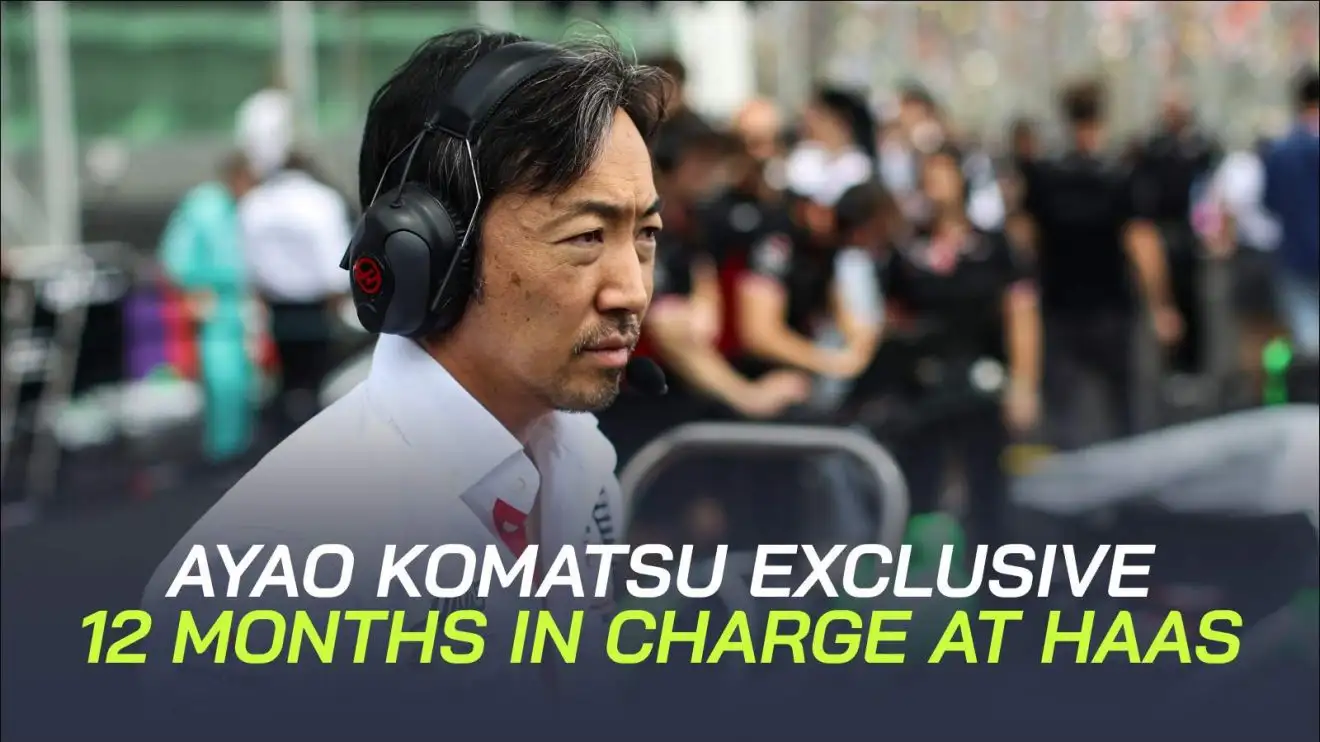
Ayao Komatsu has opened up on the initial challenges he’s faced as team boss at Haas.
Haas’ team boss Ayao Komatsu has revealed the philosophy change he’s brought about within his team over the past 12 months.
Following the split of Haas with former team boss Guenther Steiner 12 months ago, Ayao Komatsu has set about moulding the American squad in his image.
Ayao Komatsu: Communication the big change over last 12 months
With Steiner leaving, former trackside engineering director Ayao Komatsu was promoted to the role of team boss.
Komatsu’s assuming of the helm of the American squad coincided with a resurgence in form for Haas, with regular points finishes for Nico Hulkenberg and Kevin Magnussen netting the team seventh place in the Constructors’ Championship and contending strongly over sixth place.
It was the team’s strongest finish since fifth overall in 2018 and, along with the on-track improvement, Komatsu also secured a high-profile technical partnership for Haas as Toyota Gazoo Racing came on board late in the F1 2024 season.
Komatsu sat down with PlanetF1.com for an in-depth reflection on his first year in charge at the end of the season and revealed where he believes he’s managed to instill the most change in the Banbury-based squad.
“Communication,” he succinctly said.
“Work as a team, work as one team.
“As everyone knows, we have two different sides, UK and Italy. So that itself is a challenge.
“I believe, as long as we have the right structure inside the company, that bridges Italy and the UK. As long as we promote communications, transparency, and then a no-blame culture, I believe there’s nothing stopping us working together.”
A key difference between Haas’ 2024 season and what had become an established pattern was in its upgrade path. While, in previous years, Haas could start the year with a quick car but go off the rails with development, the VF-24 seemed far more understood right from the get-go.
This meant the car proved versatile in all conditions and, most importantly, the race pace issues of yesteryear – which had usually been down to eating the Pirelli tyres – weren’t anywhere to be seen.
With a development path clearly taking the car in the right direction, Komatsu said it was vindication of his approach to communication paying off.
“Honestly, if we weren’t working together, I wouldn’t think that those upgrades we put on the car would have worked,” he said.
“So that’s just proof that we can work together, and then that will translate into sporting results.
“In terms of the mood in the team, of course, sporting results help, but just the fact that I think – I like to think – everyone’s more informed about what we’re doing, how we’re going about things, changes in the company, what’s the future outlook for this year – or next race, next year, three years down the line, five years down the line – I just try to be as inclusive as possible.”
Komatsu revealed that he had felt the communication side of things had been a weakness of the team for some time, something which he was keen to address once he took charge.
“If everybody understands what they’re contributing towards the sporting result because, at the end of the day when you work for an F1 team, the ultimate goal is to get the result on track,” he said.
“So it doesn’t matter if you’re a communication person or race engineer or HR, what they do every day is contributing towards the end goal.
“My philosophy is trying to make sure everyone understands that, and everyone can see what they do every day in how they are contributing to the end performance.
“I take you back to the communication. If you’re working together as a team, then you stand a chance of understanding what the real car issues are, right?
“But if you’re not working as a team, communicating what the real issues are, people are not working on the correct things.
“Honestly, I always thought that was the case for a long time, actually.
“I think this year proved that, as long as we discuss it on the table openly, without any sense of blame culture or finger pointing in each department, what we think is the problem of the car… discuss it openly and then prioritise, then try out [solutions].
“You cannot do everything. You have to hypothesise certain things. Then you’ve got to then agree, ‘Okay, most likely, this is what we need to improve’.
“Once you’ve got the agreement, even with like a disagreement, as long as everyone knows, ‘Okay, knowing all the other assumptions and hypotheses and unknowns, this is what we’re doing’, as long as people know that and it’s a unified direction, and then also communicated globally, then it’s working.”
What is very clear from our conversation, which took place in the Haas hospitality unit at the Qatar Grand Prix, is that Komatsu is a no-nonsense individual. It’s evident that Komatsu has had the required temerity to make the changes Haas needed, rather than simply trying to continue on in a similar vein to what Steiner had done for almost eight years.
Perhaps wary of following in the footsteps of Steiner, who fully embraced the role of celebrity social media and the success of Netflix’s Drive to Survive brought to him, Komatsu revealed he pays little attention to the accolades and praise he’s earned over his 12 months in charge.
In fact, Komatsu appears to be uncomfortable with such praise when asked about whether he enjoys his name being put forward for an unofficial ‘team boss of the year’ type award.
“The thing is, for me, there’s not much point reading social media, because, whether it’s positive or negative – yes, if it’s positive, I think it’s nice to read,” he said.
“But, for instance, when it’s negative, there’s no point paying too much attention because they don’t know the truth. When it’s positive, it’s too positive – that’s not the reality. Reality is somewhere in between. It’s very difficult to know the truth, right?
“So I don’t really pay too much attention because, if I pay too much attention, I probably get affected mentally, either positively or negatively, which won’t be good.”
Asked whether being a celebrity team boss is something he’d enjoy, he said, “That’s not my aim. My aim is to gain credibility for this team, to be taken as a serious race team, and then, to do that, we have to be operating professionally.
“Our on-track results have to be competitive.
“Everything we put out has to be to say that we are a serious race team. We are here to compete. We are here to improve every single season, every single race. That’s the message. If I’m bothered about image, that’s the image I want to put out – as a serious race team.”
More on the F1 2025 team bosses
👉 Ranked: All 11 F1 team bosses with a surprise top-three entry
👉 F1 team principals’ rich list: Net worth figures revealed for Wolff, Horner and more
It’s been a baptism of fire for Komatsu, who got the unexpected call-up to replace Steiner this time 12 months ago – a swift and sudden change, with a huge change of responsibility on Komatsu’s shoulders.
If it was ever an overwhelming challenge to take on, Komatsu doesn’t show it – his years of serving as Steiner’s de facto understudy having paid off well once thrust into the lead role.
“I don’t know, I guess I’m more focused on team growth! So, yeah, I don’t know,” he said, when asked to reflect on 2024 in terms of personal growth.
“I mean, I’m learning every day. The support in this team is amazing, in every corner of [every] department, so it’s been really enjoyable.
“Discovering new things every day, but I’m thoroughly enjoying it.
“I don’t know about growth – I haven’t really sat down and looked back on the personal side because, honestly, I’m just focused on getting results with the team. How to make the car go quicker, and how to improve the whole team’s performance.
“So I haven’t thought much about personal growth in that sense.
“In terms of internally – where to make changes, how to make changes – I had a decent idea.
“But then again, the first thing I did was to speak to everyone, listen to everyone, both the UK side and Italy side.
“Then I adjusted my approach, confirmed certain things, and then the things that needed adjusting, I adjusted.
“But that was largely expected then – I always believed we had the people to improve the car during the season.
“Then we proved that – the guys actually proved that we can make the car go quicker in-season and be efficient. So that side was reasonably expected, internally.
“Externally, working with F1 and the FIA as a team principal, I don’t think it’s too different from what I expected.
“There haven’t been nasty surprises. If there’s any surprise, it’d be just a positive surprise how cooperative everyone is really.”
While everything may appear to have gone seamlessly for Komatsu in his first season in charge, he’s open about the fact that it wasn’t always smooth sailing – his own efforts to keep apace with the unique demands of being an F1 team boss seeming to pay off.
“Honestly, none of the new jobs I’m doing now I’d say I was 100 percent prepared because I’m doing it for the first time for many things,” he said.
“But it’s a matter of doing your homework. So prepare as best as possible, but it’s never going to be 100 percent.
“As long as I’ve done, let’s say, adequate homework when I face a new situation, hopefully, I can react reasonably, so I feel like that’s where I am.”
With his first season now behind him, all eyes are on Komatsu to see whether he can continue transforming Haas. From the back of the grid just three years ago, Haas are now solidly midfield – can Komatsu haul them forward into the upper midfield and onto the heels of the leaders?
His first 12 months, which can only be judged as successful, have shown Komatsu appears to have the skillset required but, whether it be through modesty or an unflinchingly pragmatic view of his own impact on the team, he isn’t willing to take much of the credit.
“No, honestly, it’s about the team,” he said.
“When it becomes something about you as an individual, I think then it fails, because it should be about the team.
“Largely, compared to last year [2023], we’ve got the same people and roughly the same number of people.
“So, fundamentally, the resource itself for this year’s [2024] result hasn’t changed, but it’s a matter of restructuring to promote communications, and trying to bring in that culture that we got to work as a team.
“What do we need to do to work as a team? Common goal, common objective, strategy, communication, etc.
“So all that, let’s say, soft side is what we focused on, or what I focused on and then that’s translating to the result.
“But, if we talk about me, I’m only as good as the people in the team, right? So my job is to try to get the best out of people, to provide the environment, facilitate everyone’s needs, and try to listen to people, that’s what I’ve been trying to do. It’s a huge team effort.
“It’s not for me to judge, I don’t think, to be honest.
“I always thought we have got the people to do it, and it was a matter of putting it together and sending the right message and right communication, clarity in terms of strategy, etc. – all the things I’ve been talking about.
“It’s really believing in people, listening to people, and then that’s the result. It’s not about how much of it is me or somebody else. It’s about the team, really.”
Read Next: Norris said ‘what we didn’t want to hear’ after Max Verstappen incident
Ayao Komatsu



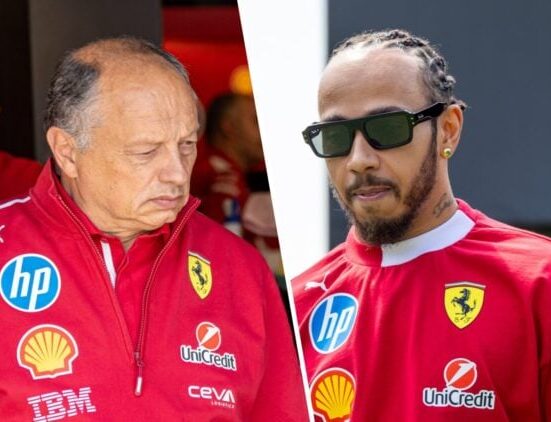
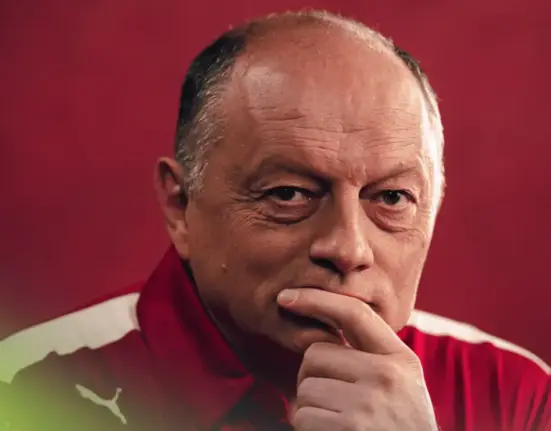

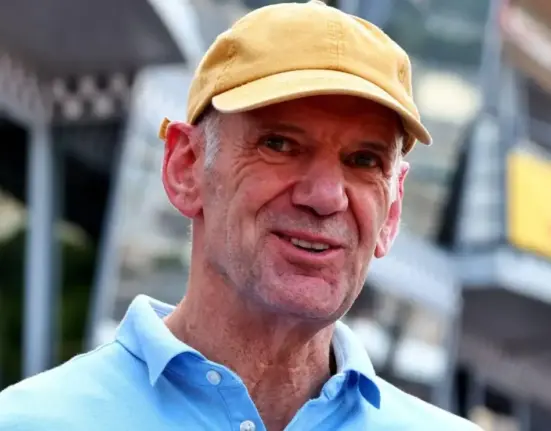
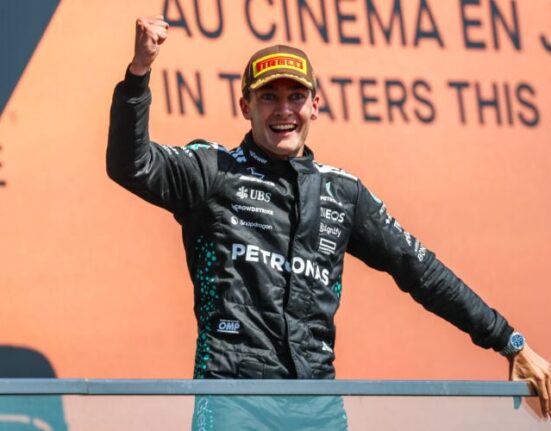

Leave feedback about this